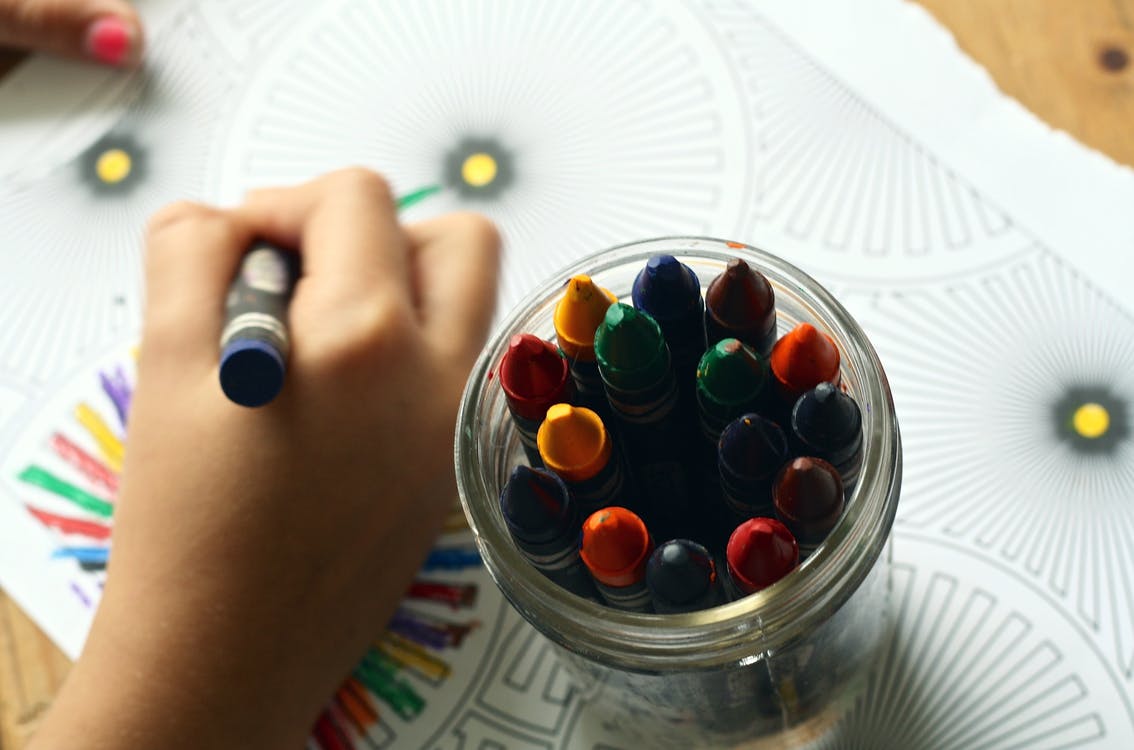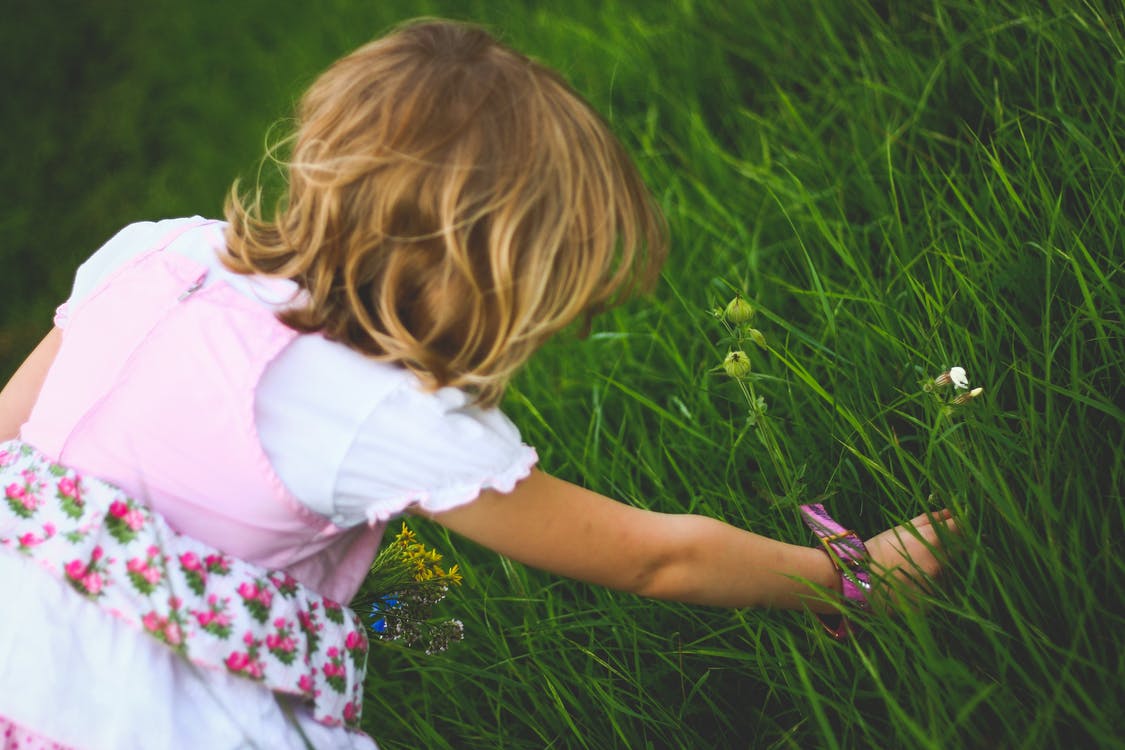Mindfulness. I admit, at first hearing, it can sound an awful lot like a therapy buzzword. You might have read about it or maybe seen something pinned, complete with the picture of a woman sitting cross-legged on the beach, perfectly fit, beautiful and at peace. Don’t feel bad. I’ve been tempted to roll my eyes, too.
And as much as you know you need some peace and calming in your world, you keep on scrolling because well, ain’t nobody got time for voodoo. But hear me out on this. Even though you are busy and even if you aren’t always good at taking care of yourself first, there’s one thing I would bet about you if you’re reading this. And that is this, if you think something will make you a better mom, you’re at least willing to give it a shot.
First, let’s define what we are talking about. Mindfulness is making a conscious and intentional choice to focus your awareness on the present moment. By focusing on the present, what you observe with your senses and acknowledging your feelings, thoughts and sensations, you are able to not only fully experience and enjoy the present, but achieve a calmer overall state. The practice of mindfulness is a common therapeutic technique for anxiety and stress, something most moms I know experience, either chronically or situationally.
One of the most common complaints I hear from moms as they are raising children is that while their lives may look fine “on paper,” but they still aren’t happy. That they feel like their days run together or that they are on autopilot. And it’s so easy to find ourselves in that place. Working outside the home, trying to be a good mom, trying to take care of ourselves … sometimes autopilot is the only way we get it all done.
But no one can go on that way without it eventually taking a toll. We weren’t made to live on autopilot. Doing so sometimes facilitates a good quantity of completed activities, but rarely allows for a good quality of life. Queue the anxiety.
So as we are going through this crazy life, trying to conquer all the mom things, it is important to practice mindfulness, not as a separate activity, but as part of our everyday practice. And while we are at it, bringing our kids into a mindful way of life is good for them too! Our generation had the benefit of growing up with a slower and quieter life, where an intentional practice of mindfulness was not something we had to think about. But amidst the backdrop of technology, a fast-paced curriculum, sports and activities, teaching our children to be present is important to their mental health as well.
So as a start, here are just a few simple suggestions on how we can practice mindfulness right in the middle of our everyday parenting routine.
Five Easy Ways for Moms to Practice Mindfulness
1. Experience activities through your senses, not your screen
So often as we attend our children’s sports or performing arts, we are tempted to record those activities. Even our play sessions at the park and our day-to-day interactions become impromptu photography sessions. While I’m not suggesting we stop documenting their childhoods, there is a tradeoff there. When we experience every activity through the recording screen, we aren’t experiencing it through our senses. We trade the authentic observation and memory of it, for the recorded documentation. So while I’m not suggesting we stop recording everything, but maybe we pick and choose our moments and take a little more time to just enjoy the moment we are in.
2. Coloring

Do you remember the pure joy of simply coloring when you were a child? The excitement when you got a new box of crayons? The smell of the wax? That brilliant yellow box? What about the way it felt to just stop and focus on staying in the lines of a new coloring book or taking crayon to blank paper and creating something new? Art therapy and adult coloring books exist for a reason. They allow us to slow down, narrow our focus, quiet our minds and just enjoy the art.
This is a great activity that you can do with your kids. Resist the temptation to pull out 57 art supplies, templates and instructions sheets. Keep it simple. You, your child, paper and crayons. You’ll be surprised at the calming and connection that occurs over a good coloring book.
3. Engage in child-led play
When was the last time you simply stopped and allowed yourself to play with your child on their terms? Whether it be dolls, action figures or a board game, children are excellent at being able to drop the outside chaos and focus on the here and now of play. Child-directed play requires that you as the parent not control or guide the process, but to simply allow yourself to be led by the imagination of your child. And engaging in child-directed play gives children a sense of autonomy, empowerment, and reduces their anxiety as well. Done together, this is a great bonding activity that will reduce stress for both of you.
4. Take a walk
It is so easy for us to become disconnected from nature and the outdoors. We become busy with work or family management that before we know it, we have spent more time looking at a screen than we have experiencing the outdoors. One easy way to remedy this is to take a walk with your child. Go in the backyard and look for leaves. Find different kinds of rocks. Pick wildflowers and name their colors. Notice the wind and talk with your child about how it feels on their skin. Observe what you smell and what sounds you hear in the background. Take off your shoes and feel the ground. Whether at a park or in your own yard, connecting with the outdoors is a perfect way to increase your practice of mindfulness.

5. Prepare and eat food together
When all of our food comes in a bag, through a window, or out of a box we become disconnected from the experience of food. The habit of eating quickly, in the car, or on the run results in not only the inability to enjoy our food, it invites all sorts of digestive and health issues. Cooking with your kids, even if only occasionally, is a great way to reverse this trend.
Now, like me, you have probably had that experience of thinking that cooking with your child would be a fun activity only to find that the reality was a bit chaotic. Your child is spilling food on the floor, grabbing hot pans and licking every spoon in sight. I’ve been there. So realistically, if you have 30 minutes to get food on the table before practice, now is not the time for this exercise. But Sunday morning breakfast maybe? Or even a simple snack time. Pull some fruits out of the fridge and notice all of the shapes and colors. Peel an orange by hand and ask your child what they smell. Taste it. Is it sweet? Cold? Take the time to slow down and actually experience your food and teach your kids to do the same.
In each of these activities, the goal is the same. Instead of getting through our lives, let’s slow down enough to actually experience and even ENJOY our lives through our senses! And at the same time, let’s involve our children in that practice so that we are not only teaching them to do the same but bonding with them in the process.



















